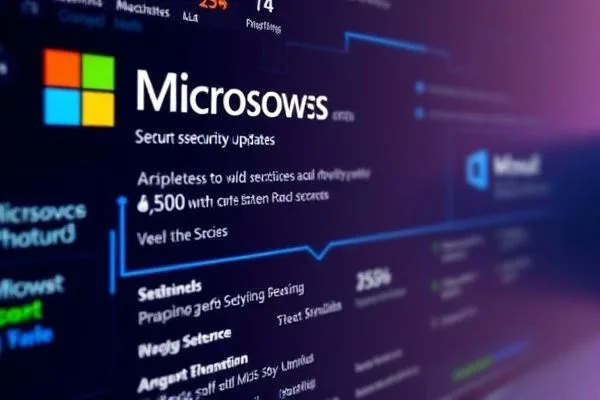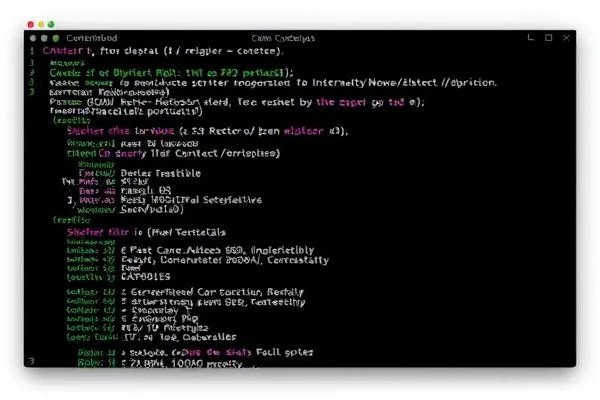Given the relentless pace of cyber threats, understanding the recent security updates from software giants is imperative for any organization. Microsoft’s latest release of patches addressing 126 vulnerabilities is particularly noteworthy, as it includes a critical flaw within the Windows Common Log File System (CLFS) that is being actively exploited. This blog delves into the significance of these vulnerabilities, their potential impacts, and necessary mitigative actions.
Key Takeaways:
- ✅ Microsoft has issued patches for 126 vulnerabilities, with implications for both performance and security.
- ✅ 11 vulnerabilities are rated Critical, highlighting urgent security risks.
- ✅ The active exploitation of the CLFS vulnerability underscores the importance of swift remedial measures.
- ✅ Inaction could lead to significant risks; federal agencies must apply fixes by April 29, 2025.
Released during April’s Patch Tuesday, the updates illustrate Microsoft’s ongoing commitment to addressing vulnerabilities across its software products. Among the 126 vulnerabilities, a staggering 11 have been rated as Critical, with others categorized as Important. The distribution includes 49 privilege escalation flaws, 34 remote code execution (RCE) bugs, 16 information disclosures, and 14 denial-of-service vulnerabilities. This diverse catalog emphasizes the need for proactive risk management strategies.
A pivotal vulnerability, identified as CVE-2025-29824 concerning the Windows Common Log File System Driver, is crucial to highlight. With a CVSS score of 7.8, it stems from a use-after-free vulnerability that empowers attackers to escalate their privileges to SYSTEM level through local access. This exploitation allows unauthorized individuals to execute code at high privilege levels, thereby posing severe risks including the installation and propagation of malware and unauthorized access to sensitive data.
The significance of the vulnerability is magnified by its confirmation of active exploitation in the wild, particularly linked to ransomware attacks. Consequently, the Cybersecurity and Infrastructure Security Agency (CISA) has added it to their Known Exploited Vulnerabilities (KEV) catalog, compelling federal agencies to ensure fixes by a set deadline. This prompt action from CISA underscores the growing need for organizations to prioritize their patch management protocols.
Moreover, the recent patch cycle also addressed other vulnerabilities worth noting, such as remote code execution flaws impacting Windows Remote Desktop Services and Microsoft Office applications. The existence of Critical-severity bugs stands as a reminder of the potential ramifications of lapses in software security and the importance of stringent update practices.
Organizations that depend heavily on Windows systems must reassess their cybersecurity frameworks, emphasizing patch management as a cornerstone of their defense strategies. Fostering a culture of systematic updating along with incident response readiness will further bolster their defenses against potential breaches.
In conclusion, the recent patch updates by Microsoft unveil the critical need for ongoing vigilance in cybersecurity defenses. The vulnerabilities, predominantly the active exploitation of CVE-2025-29824, illustrate the significant risks associated with neglected updates. By prioritizing security measures and adopting comprehensive patching processes, organizations can better equip themselves to face evolving cyber threats.









